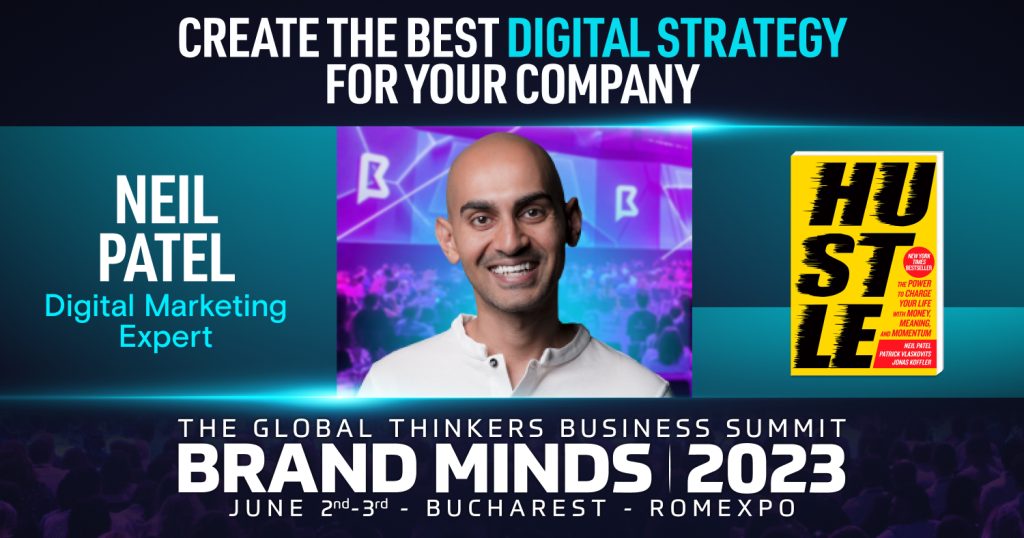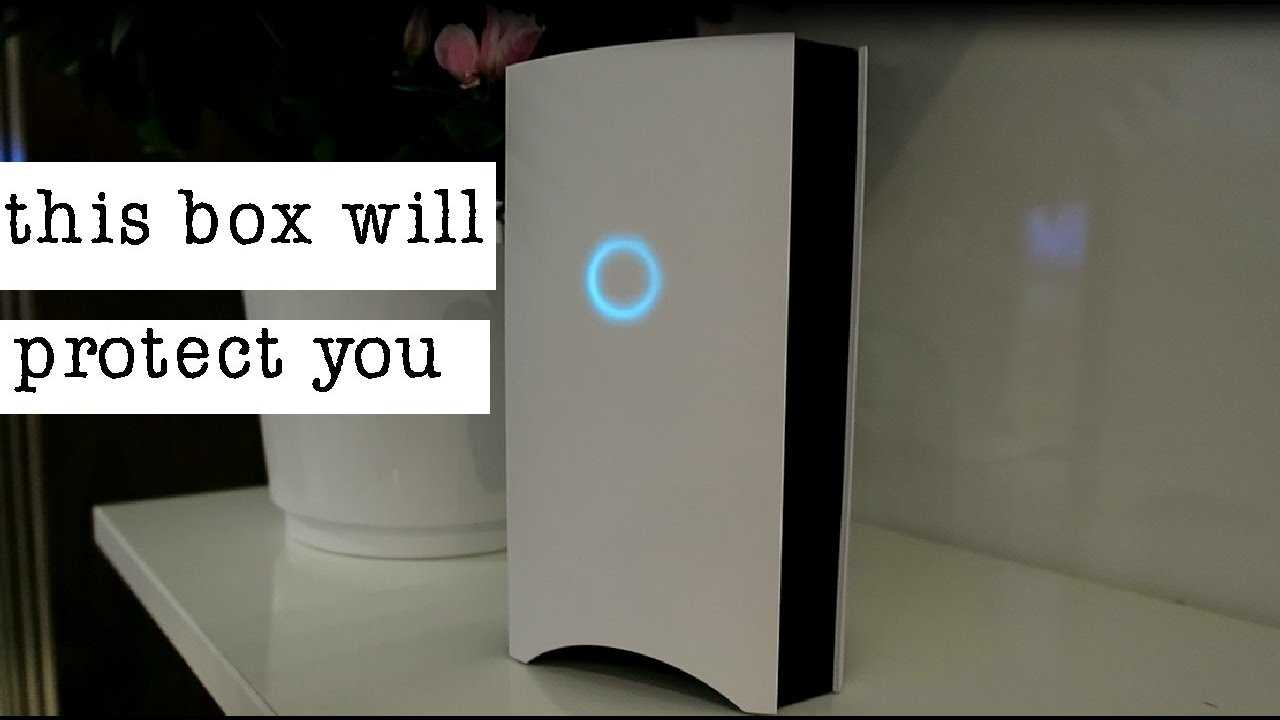How can MIT’s wearable device hear the words you say in your head
There is no wonder or anyone these days that technology is developing even faster than any of us could have ever imagined some years ago, but to have in 2018 a piece of technology that is reading your mind it may go even beyond our wildest imagination.
And yet, MIT is proving it possible. MIT researchers have developed a computer interface that can transcribe words that the user verbalizes internally but does not actually speak aloud.
The system consists of a wearable device and an associated computing system. Electrodes in the device pick up neuromuscular signals in the jaw and face that are triggered by internal verbalizations — saying words “in your head” — but are undetectable to the human eye. The signals are fed to a machine-learning system that has been trained to correlate particular signals with particular words.
According to MIT news’ website, the device also includes a pair of bone-conduction headphones, which transmit vibrations through the bones of the face to the inner ear. Because they don’t obstruct the ear canal, the headphones enable the system to convey information to the user without interrupting conversation or otherwise interfering with the user’s auditory experience. Moreover, the device is part of a complete silent-computing system that lets the user undetectably pose and receive answers to difficult computational problems. In one of the researchers’ experiments, for instance, subjects used the system to silently report opponents’ moves in a chess game and just as silently receive computer-recommended responses.
Thad Starner, a professor at Georgia Tech’s College of Computing, quoted by ZDNet, believes the technology also has potential as an industrial communications tool to assist workers in noisy environment such as airports or military. “You’ve got jet noise all around you, you’re wearing these big ear-protection things — wouldn’t it be great to communicate with voice in an environment where you normally wouldn’t be able to? You can imagine all these situations where you have a high-noise environment, like the flight deck of an aircraft carrier, or even places with a lot of machinery, like a power plant or a printing press,” declared Starner, for ZDNet.
Oh his turn, Arnav Kapur, a graduate student at the MIT Media Lab,said in a statement that their idea was “Could we have a computing platform that’s more internal, that melds human and machine in some ways and that feels like an internal extension of our own cognition?” The researchers tested the device with different tasks, including games of chess and basic multiplication and addition problems, using limited vocabularies of 20 words. While the device is quite clever, it’s still limited; the researchers say it has a 92 percent accuracy with only 20 words. They’re hopeful that it will scale up with time. “We’re in the middle of collecting data, and the results look nice,” Kapur added.
Best security devices for IoT in 2018
By the end of 2017, an estimated 8.4 billion smart devices inhabited our homes, making our lives easier, but, at the same time, slightly less safe. Until all smart devices incorporate their own level of security from hackers, malware, viruses and other attacks, your privacy could be compromised at any time, therefore one should be very careful and to protect himself/ herself before your identity, financial information or other crucial data gets stolen.
Bitdefender, the largest Romanian producer of security software, declared it will manufacture in Romania the new version of the BOX product, which provides security solutions for smart devices in homes.
The second version of the BOX was completed by the Romanian R&D team of the company. It was be launched in November in the USA, and then it will also be sold in Canada, France, Germany, Japan, Great Britain and Australia. In Romania, the device will be launched in the spring of 2018. The security hardware will be made in the Satu Mare-based plant of German group Zollner.
“Starting three years ago, Bitdefender BOX was the only security device for IoT and now we see in the global market a growing number of products from the competition,” said Ciprian Istrate, vice president for consumer solutions at Bitdefender.
The product uses 21 patents registered by the company’s teams in Bucharest, Cluj-Napoca, Iasi and Timisoara. It provides a data protection system based on real time online traffic analysis, also using a correlation mechanism for cyber security incidents.
“With more than 1 million IoT devices estimated to be sold every hour by 2021, the business opportunity for securing them will undoubtedly skyrocket along with this increase,” Bitdefender senior e-threat analyst Adrian Liviu Arsene told Telecom Times. “The demand for IoT devices for personal use and in SMBs will lead to more than US$6 trillion investments in the industry, over the next five years. The expected ROI for the IoT industry is also expected to peak at US$13 trillion by 2025.” Moreover, Arsene highlighted that the IoT security market was expected to be worth US$37 billion by 2021 – up from US$7.9 billion in 2016, adding that “while the IoT security products market is currently small, it’s also expected to grow as both consumers and business start using connected devices.”
At the moment its competition seems to be Cujo, Dojo, RATtrap, Norton Core. You can read more about them, with their pros and cons, in this article.
How to choose the best antivirus software for you – Part I
Every smart PC owner knows that one of the most important features he / she needs for their computer / laptop is a good antivirus software. But how do you know which one is the right one for you? The answer may be a complex one, since PC users have many different levels of security needs. According to Norton’s website, if you plan to use the Internet sparingly, you’ll have different needs than someone looking for the best computer antivirus software for gaming. And those who do all of their banking online may have different needs than those who need child protection filters. And those who stay up to date on the most current security threats can use different tools than someone who is rather likely to fall for them.
Many different companies claim to have the best PC antivirus software out there, making things even more complicated. Most PCs begin their life with a certain security program installed, and customers must pay to continue the service. One thing is completely clear: A PC user should not go without using an antivirus program.
According to lifewire.com, the first step you should take is narrow your options based on the operating system you use. If you’re planning to upgrade in the near future (or downgrade), take that into consideration as well “Second, assess how you use your computer. Are you a heavy Web surfer? A gamer? Have an older computer? How you use your computer will dictate the level of protection you need. For example, a gamer will appreciate antivirus software that recognizes when games or media are being played and suppresses any non-essential alerts or activities. Someone with an older computer will likely need to be concerned with system impact and performance, as well as facing the added challenge of finding antivirus that supports the older operating system,” Mary Landersman.
The choice of the Best Antivirus depends on the personal needs and preferences of the particular user. Some antiviruses exceed at being fast and efficient, those are well suited for laptops and older computers. Some are easy to manage, those are well suited for new users. Some have lots of additional features like secure payment processing, browser protection etc. and some have a very good value to price rating. You can think about getting a free or a paid version.
One can understand why you would choose a free version, but a paid version is easier to install, doesn’t have advertisements attached to it, updates simultaneously, automatically using the latest virus information and offers additional features such as parental controls. Paid virus protection systems often include useful extras such as backup and recovery tools, useful if your PC crashes, and performance enhancement utilities that ensure that your laptop or PC are running at their most efficient. There is also the advantage of high quality customer support and technical back-up, often lacking in free software versions.
Coming back to the steps you need to take, lifewire.com, says that after narrowing down the list to those that meet your operating system and usage needs, you should check the major certification and testing agencies to see how the antivirus scanners fare. Agencies include VB100%, Checkmark, ICSA Labs, AV-Test, AV-Comparatives, and NSS Labs. Any antivirus scanner worth consideration should be listed by most of these antivirus testing agencies. “Fourth: detection, detection, detection. While you’re checking for certification, be sure to check out the test scores. Pick the antivirus software that consistently delivers the highest detection and proactive protection scores. After all, this is the only reason you’re getting antivirus software – to prevent and detect viruses. Fifth: last but not least, evaluate. Narrow the selection down to 2 or maybe 3 antivirus scanners, then proceed to test each one,” concluded Mary Landersman, for the website.
Other questions you should ask yourself first are: Does this software update automatically or scan in real time?, Does this software come with other features?, Can your computer support the security software?, Is the software rated or recognized by major publications or sites?, Do you visit spammy sites (such as gaming sites), or do you practice safe surfing?, Do you update your computer frequently? Norton Antivirus tries to help you answer some of those questions and explains why they are important here.
Moving on, you should pay attention to the features you want your antivirus to contain:
Ransomware protection: Some antiviruses come with ransomware protection. You select some files and documents to protect in case of a ransomware attack. Afterwards, the ransomware won’t be able to encrypt the blocked files.
File shredder: The standard “Delete” + “Clear Recycle Bin” won’t actually delete a file from your hard drive. It will just make it invisible for you to see. But these files can be recovered with a specialized program. In normal circumstances, these invisible files disappear only after being pushed out of their memory block by a new ones. But file shredders destroy them completely and leave no trace of them on your hard drive.
Firewall: Some AV’s can filter and scan your internet traffic to detect incoming threats before they reach your device.
DNS Protection, Password Managers, System Optimization, Phishing protection, Antispam, Browser protection.
End of Part I
Tips & tricks on how to create a successful video campaign on Facebook
Today is all about finding your vision and place on the market and targeting it the right way. Specific messages are created and translated in a specific way, for each media in part. What works for YouTube may very well not work on Facebook or cinema. Even if we talk about the same brand, campaign, positioning and target. So how does one create a powerful and successful video for Facebook, in order to really help the brand?

According to kissmetrics.com, over three billion videos are watched on Facebook daily. Video is eye-catching and engaging and, when used properly, is a great way to bring life to a product or brand. The website editors identified 4 main rules that you can find here. (credit photo: Shutterstock)
As Facebook says, while video continues to grow as a storytelling medium for people and brands, it has been working with hundreds of businesses on building and analyzing video ads to discover what makes great video creative. What they found was that, like advertising of all kinds, building effective video ad creative requires both art and science.
Some rules that would anyone help create a good Facebook video are:
- Tailor your story to your audience.
People are more likely to pay attention to content that’s relevant to their interests, which means you’ll likely get better results if you customize your ad’s message for the people who see it. Consider creating unique videos (or different versions of the same video) for different audience segments.
- Invest in production.
Whether you use a camera phone or a production team, secure the best available creative resources and set a realistic production schedule and budget. People are more likely to watch and remember videos that are well-crafted and designed to play on every device. Remember, cheap doesn’t sell anymore and doesn’t give the “authenticity” feel anymore. Treat the channel with the proper respect and attention and you will get the wanted results.
- Make sure people will relate to the story, by keeping it real and close to them. Use situations that feel close to people’s lives and habits.
- Use the first few seconds wisely.
Bring your story to life quickly, so as people scroll through News Feed looking for content, your video ad quickly piques people’s interest. Consider showing brand or product imagery in the first few seconds. Almost half of the value of a video ad is delivered in the first three seconds, according to research that Facebook commissioned from audience ratings and research company Nielsen. Seventy-four per cent of the value of a video ad is delivered to the audience in the first 10 seconds.
- Focus on storytelling.
Video length is less important than telling a cohesive and concise story. Your video ad shouldn’t be longer or shorter than it takes to tell your story well, so create a storytelling arc from the first frame to the last that keeps your audience interested along the way.
- Create empathy / entertain them / make them laugh or cry.
Everyone feels close to a good, real story that captivates them and brings their emotions to the table.
- Tell your story with and without sound.
Since videos on Facebook autoplay with sound off, it’s important to make sure your video ads entice viewers even when muted. When sound is off, beautiful imagery and on-screen text can help tell your story. When enabled, your video’s sound should offer additional value to viewers and further bring your story to life.
- Use the Groups section
Meeting friends, and sharing your life with those friends, is the business of Facebook. The platform’s ‘Groups’ video perfectly portrays how it helps people connect with others who share similar interests. It creatively identifies how users can benefit from using Facebook by providing a clearly defined problem and a beginning, middle, and end.

